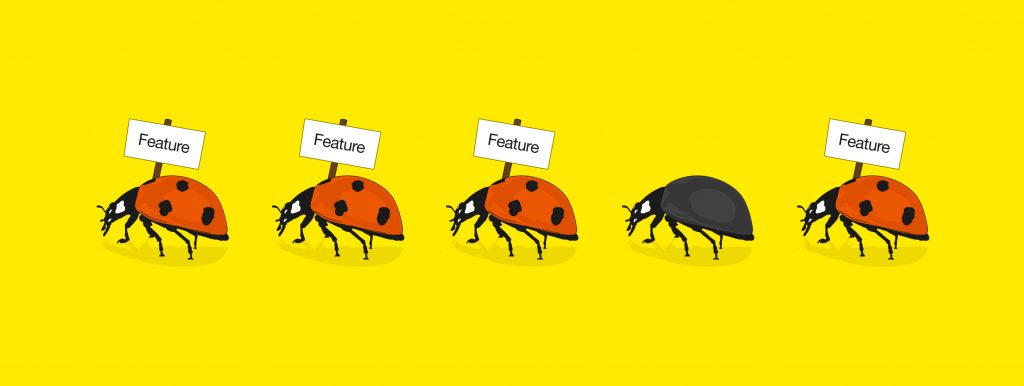Value of user experience makes Quality Assurance one of the most important stages in software development process. What is QA and why is it connected with development?
Quality assurance in software engineering refers to the process of ensuring that software products and services meet the specified requirements and are defect-free.
Quality Assurance is the process of testing a product to meet specified requirements. Software testing is needed for development cycle improvement and making user experience engaging. Defining bugs leads to failed user scenarios exception. It helps users to avoid unexpected cases like misunderstanding requests or displaying errors. Positive user experience makes conversions for you.
QA Engineers plan testing process according to the assigned tasks. The right choice of testing strategy helps to achieve the best quality for every single project. By the way Agile and Waterfall methodologies can change the approach to software testing. Waterfall separates testing from other stages. Agile collaborates members of the development team and makes all of them interested in product’s quality.
Testing is conducted throughout the entire development process. Usually any testing process includes 6 main steps:
- Requirements’ analysis.
- Planning.
- Test design.
- Writing testing documentation.
- Testing.
- Processing and analyzing results.
Quality Assurance can be divided into two large groups – Manual testing and Automation testing. What kind of testing process is suitable for your project?
Manual testing
Manual testing is a user-oriented process of assessment based on careful human observation. It includes analysis, test cases creation, conducting tests and writing bug reports. This testing approach is better in terms of usability issues because QA Engineer has a role of the end-user. Despite manual testing is considered to be more flexible than automation testing, it requires more time. It is good for short-term projects and testing minor changes.
Depending on the stage of development and project requirements, QA Engineers should perform:
- Development Integration Testing,
- Build Acceptance Test,
- New Feature Testing,
- Bug Verification Testing,
- Regression Testing,
- Sanity Testing,
- User Acceptance Test,
- Smoke Test.
Automation testing
Automation testing is a process of making automatic repetitive tests. Automation QA Engineer is also required to have knowledge of manual testing and basic programming knowledge to write scripts. Automation testing is much faster and often more effective than manual because chances of human failure are reduced to zero. Even so, auto tests and their infrastructure creation takes time. Actually, it can lead to additional investments in testing tools. In most large applications auto tests can’t cover 100% of their functionality. That is why automation testing requires manual testing skills.
This approach is directly connected with Continuous Integration. Test packages, kept in the QA repository, can be maintained by several members and automatically executed when new code is added.
Automation testing is a perfect match for long-term projects with frequent updates
Quality Assurance is inextricably connected with customer experience. Qualitative testing helps any business to achieve end-user satisfaction goal. Whether it is automatic or manual, trust your product to a reliable partner.






